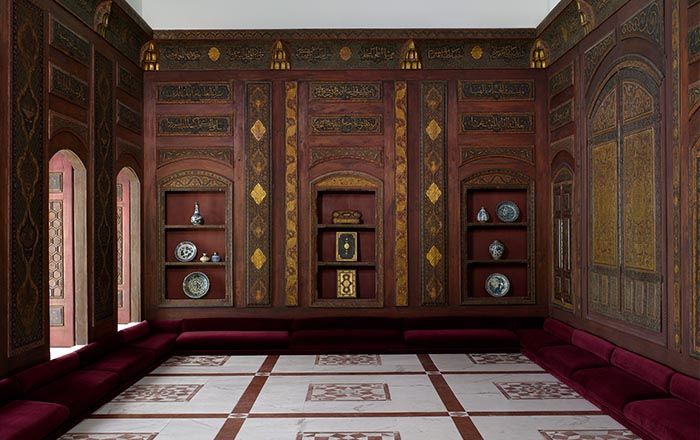Mashq or Practice Page
Not on view
This page represents a unique approach to composing calligraphy on the page that became very popular in the nineteenth century. The approach takes its inspiration from the practice sheets (mashq) on which calligraphers wrote different words and combinations of letters to strengthen their hands and build up concentration. So as not to waste paper, they would turn the page around several times and fill all the available space. Some calligraphers began to emulate these dark, heavily worked sheets as works of art in their own right, emphasizing the rhythmic arrangement of letters over the legibility and content of the text. In this example of a mashq (now pasted into an album page), the letters of heavy black ink in nasta'liq script cover nearly the entire surface of the paper, reserving only one small corner at the top for illumination. The work may be attributed, on the basis of style, to Assadollah Shirazi (d. 1889/90), court calligrapher under the Qajar shahs Muhammad (r. 1835–48), from whom he received the title of Katib al-Sultan (Royal Scribe), and Nasir al-Din Shah (r. 1848–96). His known works date from between 1838 and 1852.
This image cannot be enlarged, viewed at full screen, or downloaded.

